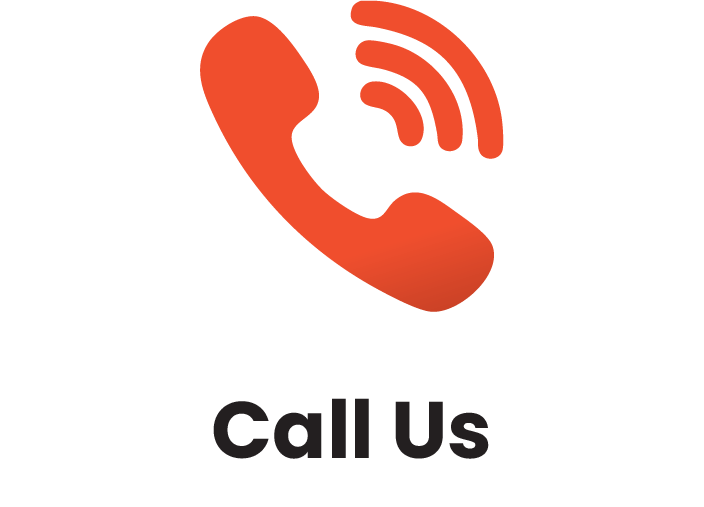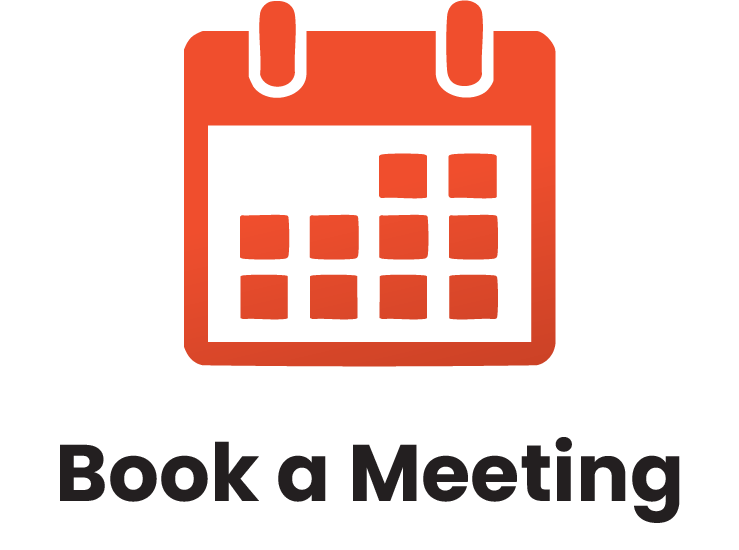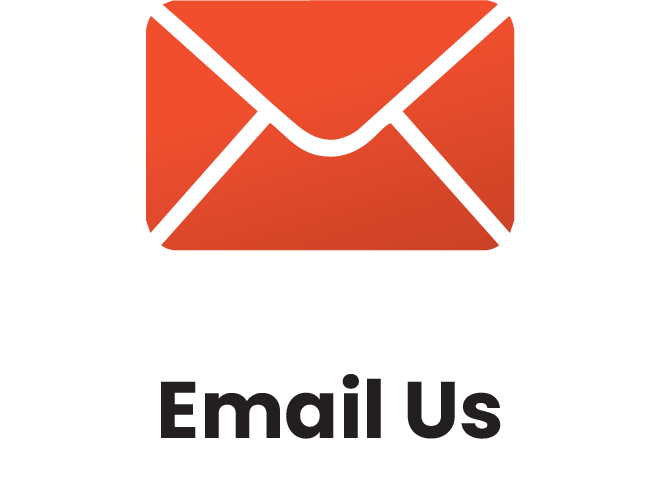Interactive training sessions led by experienced facilitators.
What is In-Person, Instructor-Led Training?
Our in-person training is delivered by a live facilitator who works directly with your team at your location. It’s our most popular format because it allows for real-time interaction, hands-on learning, and direct support.
Every session is tailored to your team’s specific goals, industry, and challenges—no generic, one-size-fits-all programs. Whether it’s a single session or a full training series, we design the experience to be relevant, practical, and fully aligned with your needs.
What is Live Webinar Training?
Live webinars are facilitator-led training sessions delivered online in real time. They’re ideal for teams working in different locations or with busy schedules.
This format offers shorter, more frequent sessions that are easy to coordinate—making it a convenient option for organizations with remote or distributed teams.
What is Virtual Classroom Training?
Virtual Classroom training is live, instructor-led training delivered online. It offers the same interactive experience as in-person sessions, with real-time discussions, group activities, and instructor feedback.
It’s a flexible option for organizations that want to reduce travel, save costs, or better fit training into busy schedules.
What is a Lunch & Learn Session?
Lunch & Learn sessions are short, facilitator-led training sessions delivered in person or online—typically during the lunch hour. They focus on specific topics or skills and offer a quick, engaging way to learn without a full-day commitment.
These sessions can be offered as one-time events or as part of a series, making them a great option for ongoing, bite-sized learning.
Online Learning
Enjoy our self-paced option and learn from anywhere!
$279.00 USD
Disability Awareness: Working with People with Disabilities
People with disabilities represent a significant and largely underutilized resource for businesses. Many disabled persons are underemployed or unemployed. As a result of advocates for diversity, as well as a shrinking labor pool, employers are taking a serious look at hiring and retaining people with disabilities. This two-day workshop will give supervisors, managers, and human resource consultants tools and tips for creating a diverse workplace.
LEARNING OBJECTIVES
Learning Objectives
During this workshop, participants will learn to:
- Prepare to welcome people with disabilities into their workplace
- Interact with people with disabilities
- Identify and overcome barriers in the workplace
- Use respectful, appropriate, acceptable language in any circumstance
- Understand what their company can do during hiring and interviewing
- Understand what job accommodation is and how it applies in their workplace


COURSE OUTLINE
Defining Terms
To start, participants will learn what the terms “disabilities” and “stereotypes” mean.
Misconceptions and Realities
There are plenty of misconceptions, as well as realities, to working with people with disabilities. We’ll explore some of those in this session.
A Business Case
In this session, participants will complete a case study to explore why companies should hire people with disabilities.
Dissecting Labels
This session will discuss why labels are inappropriate and how they can make people feel. We will also provide participants with some ground rules for being respectful and using appropriate language, as well as how to be practical when discussing a disability. Several lists of inappropriate terms and more appropriate language will be provided.
Accessibility
Accessibility refers to making your workplace, and your business, available to people. Although laws differ between regions, this session will cover some basics of physical accessibility. Attitudinal barriers will also be discussed.
The Cornerstones of Diversity
Diversity experts Armida Russell, Amy Tolbert, and Frank Wilderman have identified four cornerstones of diversity development. They are knowledge, acceptance, understanding, and behavior. We will examine each cornerstone in detail during this session.
Encouraging Diversity by Hiring
This session will address two key hiring issues: what can the company ask, and what can the candidate expect?
Using the STOP Technique
Diversity expert Lenora Billings-Harris has developed a four-step technique that you can use when someone is behaving in an inappropriate manner. It’s called STOP! Participants will learn about the technique through a lecture and will then practice it in a role play.
Communication Essentials for Disability Awareness
In this session, we will talk about respecting confidentiality, preparing documentation, and where to find good resources.
Communication Styles
This session will allow participants to take a more objective look at the advantages and disadvantages of both sides of different dichotomies related to communication styles.
Critical Conversations
Next, we will give participants a framework for discussing disabilities. We will include specific questions that are appropriate for gathering information without infringing on an employee’s rights.
How Do We Make It Happen?
To wrap up the course, we will explore how you can use accommodation and job shadowing to create a truly accessible workplace.


















